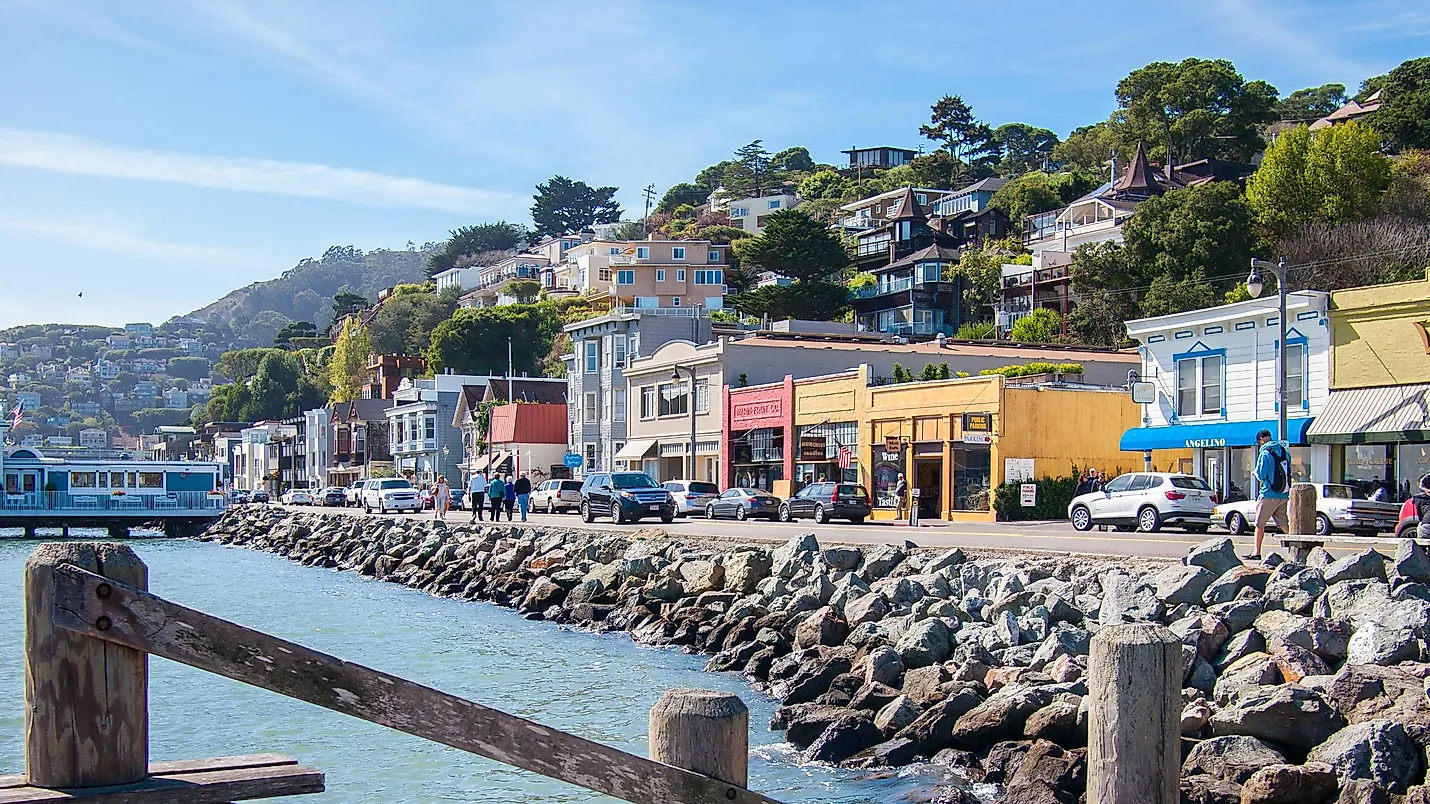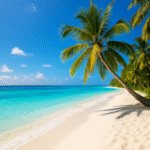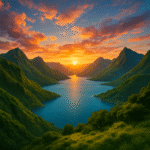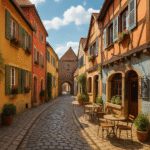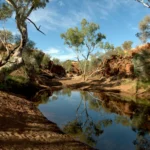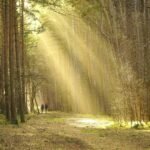Now Reading: Discover Great Lakes: Top Towns & Hidden Gems for Travel
-
01
Discover Great Lakes: Top Towns & Hidden Gems for Travel
Discover Great Lakes: Top Towns & Hidden Gems for Travel
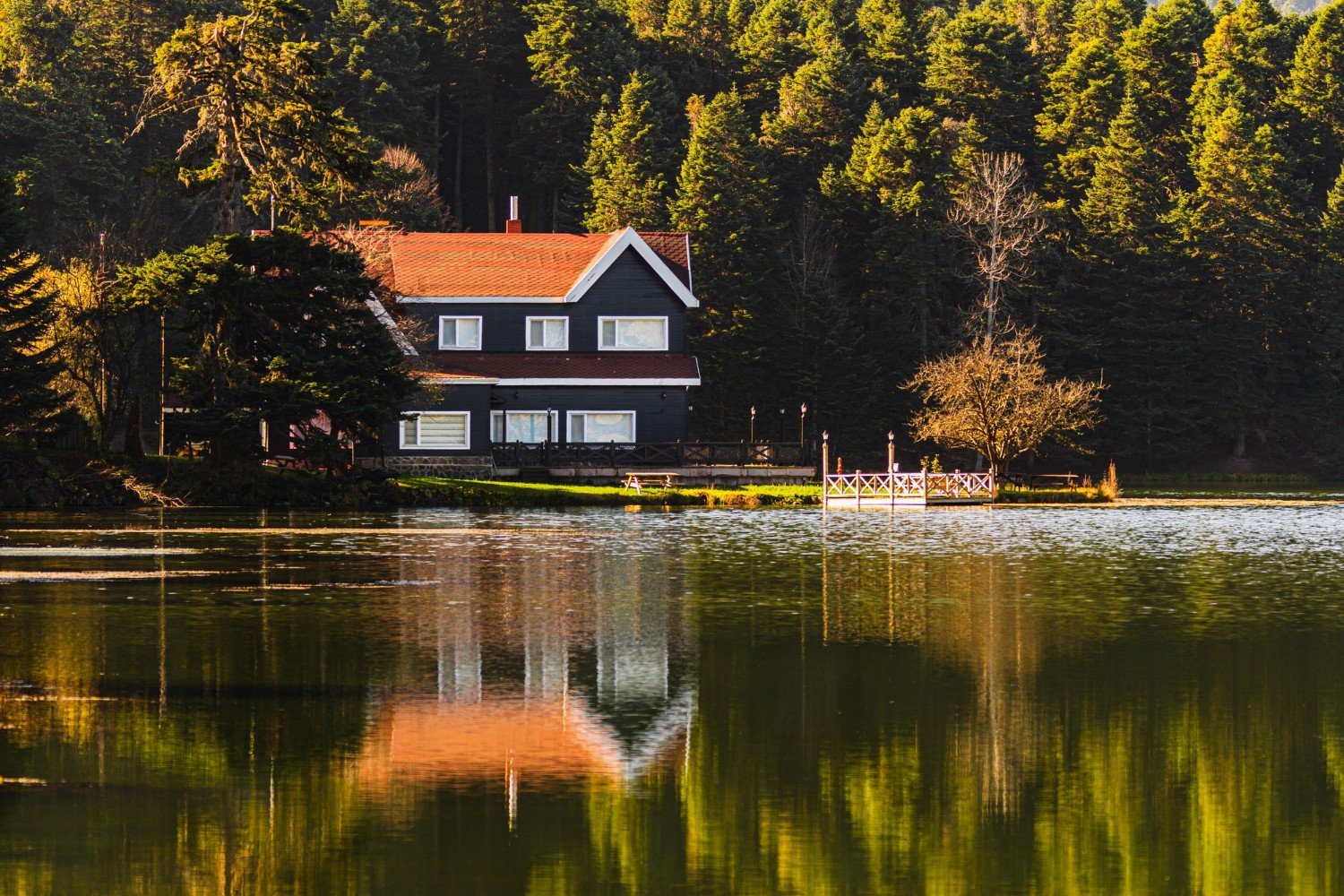
The Great Lakes region, a vast expanse of freshwater seas, offers an unparalleled travel experience for those seeking natural beauty, rich history, and charming lakeside communities. Comprising five magnificent lakes—Superior, Michigan, Huron, Erie, and Ontario—this area forms the largest freshwater system on Earth, holding over 20% of the world’s surface freshwater. From serene beaches and towering sand dunes to vibrant maritime cities and secluded islands, the Great Lakes provide a diverse array of attractions for every type of traveler. This article will guide you through some of the most captivating towns and hidden gems, ensuring your next Great Lakes adventure is truly unforgettable.
Unveiling the Charm of Great Lakes
The allure of the Great Lakes extends far beyond their impressive size. These inland seas have shaped the landscape, culture, and economy of the surrounding states and provinces for centuries. They are a vital source of drinking water for over 40 million people and a bustling hub for shipping, recreation, and tourism . The region’s unique geological formations, a result of receding glaciers thousands of years ago, have created stunning natural wonders, including the world’s largest collection of freshwater sand dunes along Lake Michigan’s shore . Beyond the natural splendor, the Great Lakes are steeped in history, with tales of maritime exploration, industrial innovation, and indigenous heritage woven into the fabric of its communities. Whether you’re an outdoor enthusiast, a history buff, or simply looking for a tranquil escape, the Great Lakes offer a wealth of experiences waiting to be discovered.
Exploring Underrated Great Lakes Towns
While popular destinations like Chicago, Detroit, and Cleveland draw large crowds, the Great Lakes region is home to numerous charming and often overlooked towns that offer a more serene and authentic experience. These hidden gems provide a perfect escape for those seeking a laid-back lakefront lifestyle, complete with historic lighthouses, pristine beaches, and unique local attractions.
Bayfield, Wisconsin: Gateway to Apostle Islands

Nestled on the shores of Lake Superior, Bayfield, Wisconsin, serves as the primary gateway to the breathtaking Apostle Islands National Lakeshore. Despite being Wisconsin’s smallest city, its natural surroundings are colossal. The Apostle Islands, often referred to as the “Jewels of Lake Superior,” comprise 21 islands featuring pristine beaches, mysterious sea caves, and historic beacons like the 1862 Raspberry Island Lighthouse. Visitors can explore these islands via Apostle Islands Cruises or by kayaking, with popular spots like Meyers Beach offering access to dramatic mainland sea caves. Bayfield also hosts the Annual Applefest, adding to its small-town charm.
Port Clinton, Ohio: Walleye Capital & Island Adventures

Situated at the mouth of the Portage River on Lake Erie, Port Clinton, Ohio, is renowned as the “Walleye Capital of the World.” This relaxing Ohio fishing village is a haven for leisure and recreation, offering opportunities for swimming, windsurfing, and lounging at shores such as Lakeview Park and Waterworks Park. The latter boasts wheelchair-accessible trails, a fishing pier, and the iconic Port Clinton Lighthouse. Like Bayfield, Port Clinton provides easy access to island adventures, with Miller Ferry rides available to South Bass Island, home to South Bass Island State Park, offering stunning views of Lake Erie and various recreational activities.
Alpena, Michigan: Sanctuary of the Great Lakes
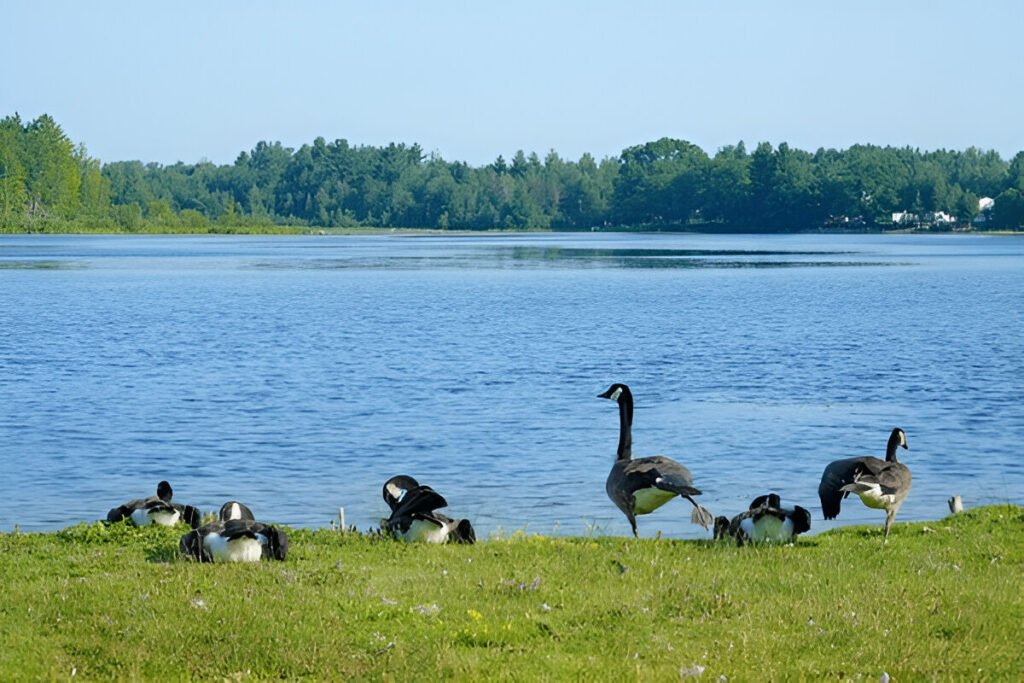
Overlooking Lake Huron, Alpena, Michigan, is a captivating “Sanctuary of the Great Lakes,” celebrated for its rich maritime heritage. The town is home to the Maritime Heritage Trail and the Great Lakes Maritime Heritage Center, where visitors can delve into the history and geology of the Great Lakes, with a significant focus on shipwrecks. The cold, clear waters of Thunder Bay are famous for preserving nearly 200 shipwrecks, with almost 100 protected within the Thunder Bay National Marine Sanctuary. This sanctuary is a popular destination for diving, snorkeling, and kayaking, while those preferring to stay dry can enjoy glass-bottomed boat excursions like the Alpena Shipwreck Tour aboard Lady Michigan.
Manistee, Michigan: Beaches, Dunes & River Views

Manistee, another laid-back Michigan town, is celebrated for its picturesque beaches and scenic hiking trails along Lake Michigan. Shores like 1st Street Beach and Fifth Avenue Beach offer calm waves and soft sands, making them ideal for families and summer activities such as lounging, swimming, and sandcastle-building. The Manistee River also provides beautiful views and recreational opportunities, contributing to the town’s appeal as a tranquil lakeside retreat.
Beyond the Towns: Great Lakes National Parks & Natural Wonders
The Great Lakes region is not only home to charming towns but also boasts an impressive collection of national parks and natural wonders that showcase its diverse ecosystems and geological marvels. These protected areas offer unparalleled opportunities for outdoor adventure, wildlife viewing, and a deeper connection with nature.
Isle Royale National Park: Remote Wilderness
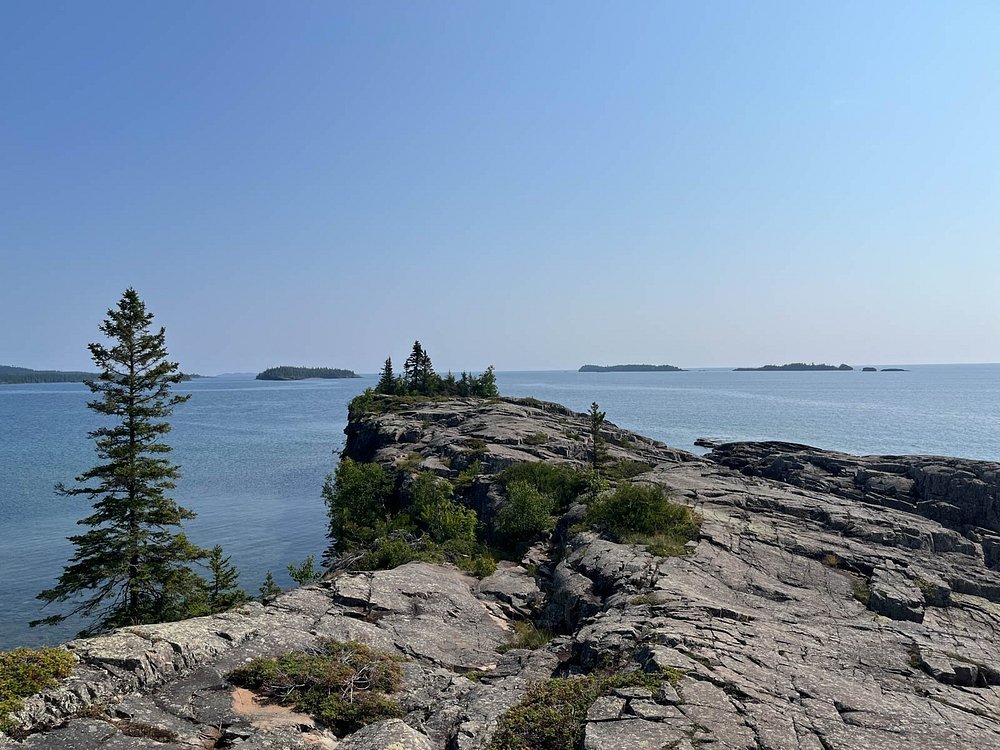
Located in Lake Superior, Isle Royale National Park is a rugged, roadless island and one of the least visited and most remote national park sites in the United States. It is Michigan’s largest wilderness area, offering an untamed habitat for diverse wildlife, including a thriving wolf population that helps maintain the island’s ecological balance. The Greenstone Ridge Trail provides access to many campsites and offers a cross-section of the park’s unique environment.
Sleeping Bear Dunes National Lakeshore: Freshwater Sand Dunes

Along the southeastern shore of Lake Michigan, Sleeping Bear Dunes National Lakeshore features the world’s largest collection of freshwater sand dunes, some rising up to 400 feet above the lake’s surface. These impressive dunes were sculpted by glaciers over millions of years. The park also includes beautiful beaches, forests, and inland lakes, with North and South Manitou Islands offering remote backcountry experiences accessible by ferry.
Cuyahoga Valley National Park: River Revival & Scenic Beauty
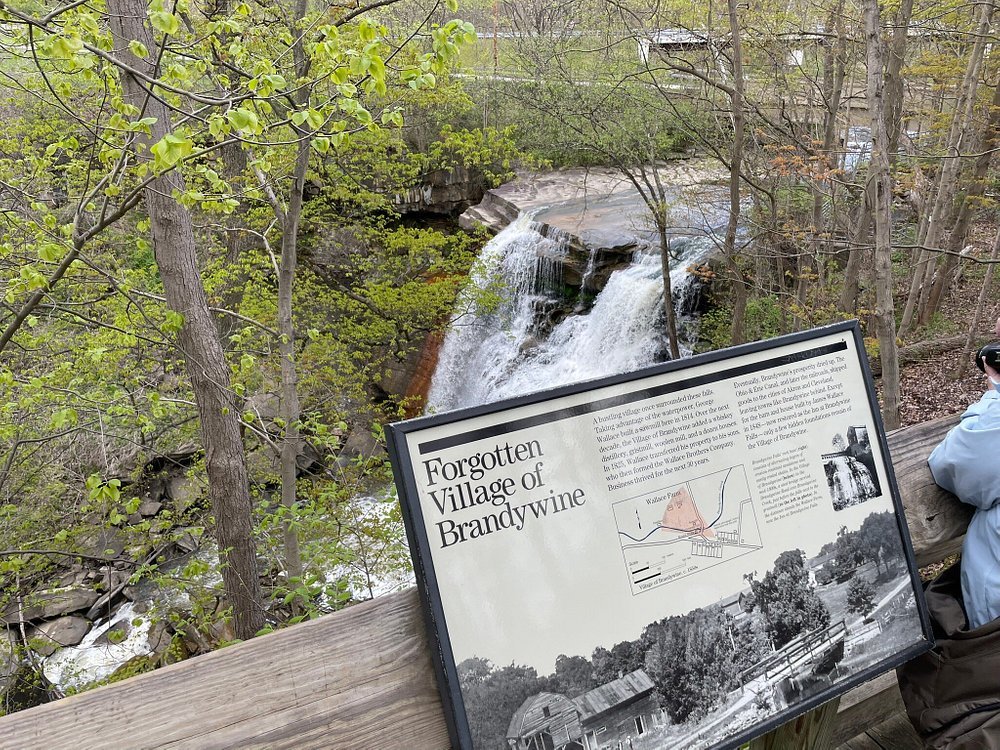
Cuyahoga Valley National Park in Ohio preserves 22 miles of the Cuyahoga River and its surrounding natural and man-made features. Once severely polluted, the river’s health has significantly improved, a testament to environmental conservation efforts. The park offers lush forests, rolling hills, wetlands, waterfalls, and historic buildings, providing numerous recreational opportunities and a scenic railroad for visitors .
Indiana Dunes National Park: Coastal Wonders Near Chicago
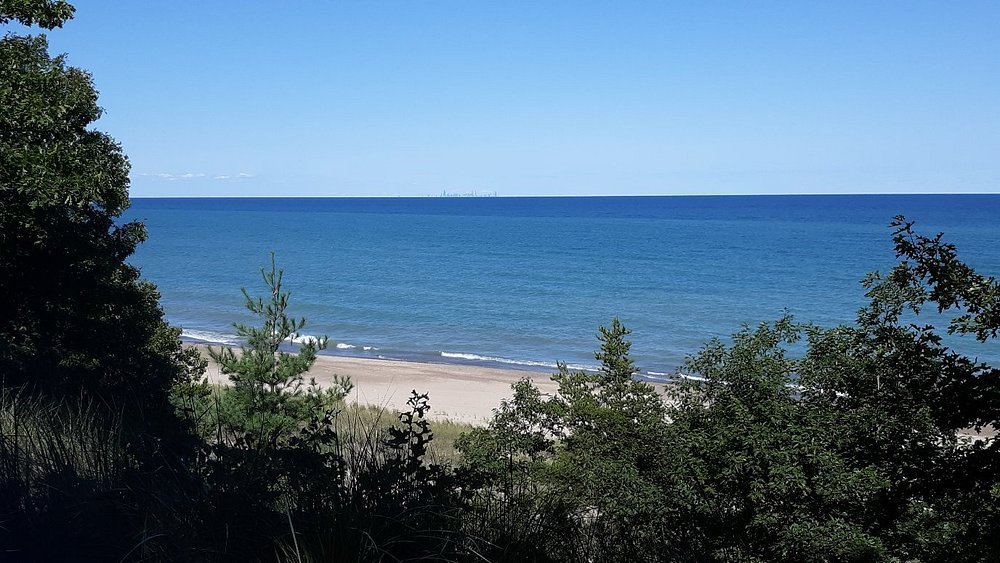
Just outside Chicago, Indiana Dunes National Park encompasses over 15,000 acres of sensitive dune lands, bird-filled marshes, and forests along Lake Michigan. It is a biodiversity hotspot, home to over 350 bird species and more than 90 endangered plant species. Visitors can hike the dunes, swim in Lake Michigan, and explore unique natural features like Pinhook Bog, offering a taste of wilderness remarkably close to an urban center .
Apostle Islands National Lakeshore: Sea Caves & Island Exploration
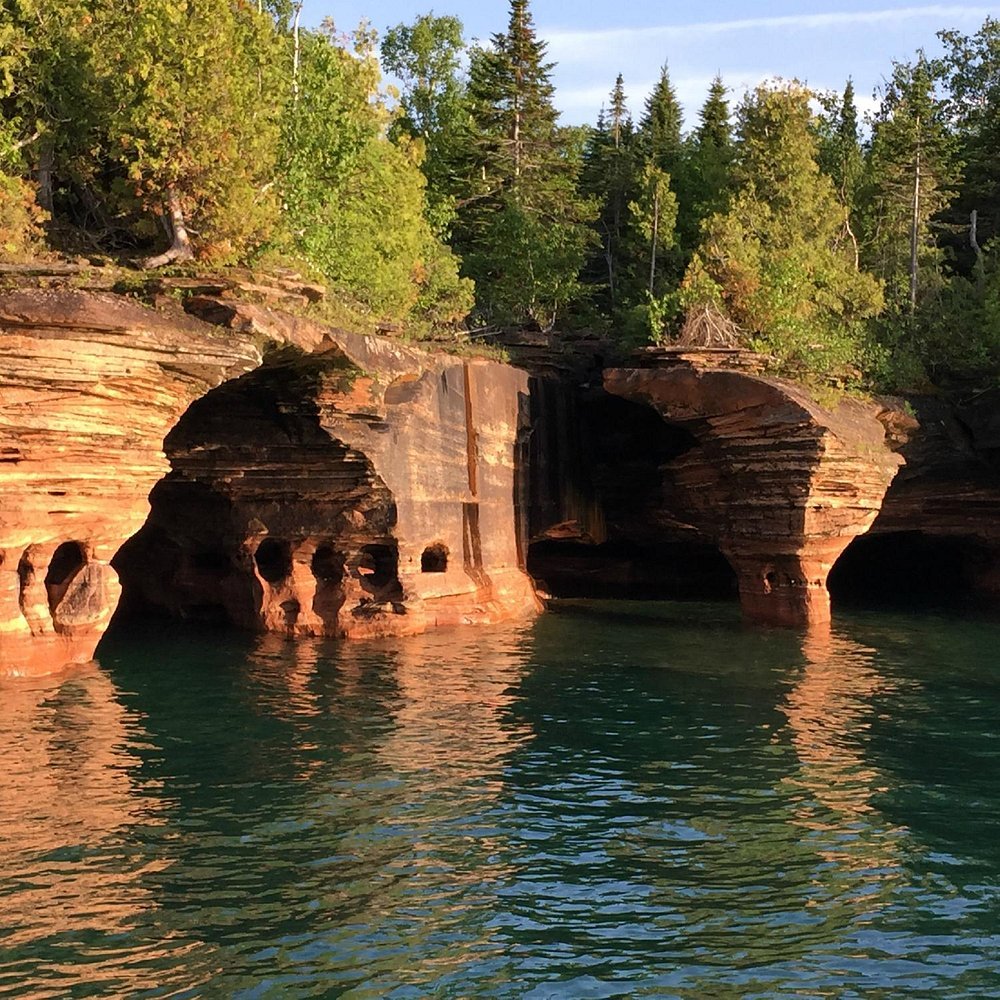
As mentioned earlier, the Apostle Islands National Lakeshore in Wisconsin features 21 islands in Lake Superior, sculpted by glaciers. This area is a transitional zone where boreal and northern forests meet, providing ample opportunities for hiking and paddling among beaches, sandstone cliffs, sea caves, and wooded islands. It also serves as a crucial habitat for various mammals, amphibians, and fish, including the American marten.
Pictured Rocks National Lakeshore: Colorful Cliffs & Waterfalls
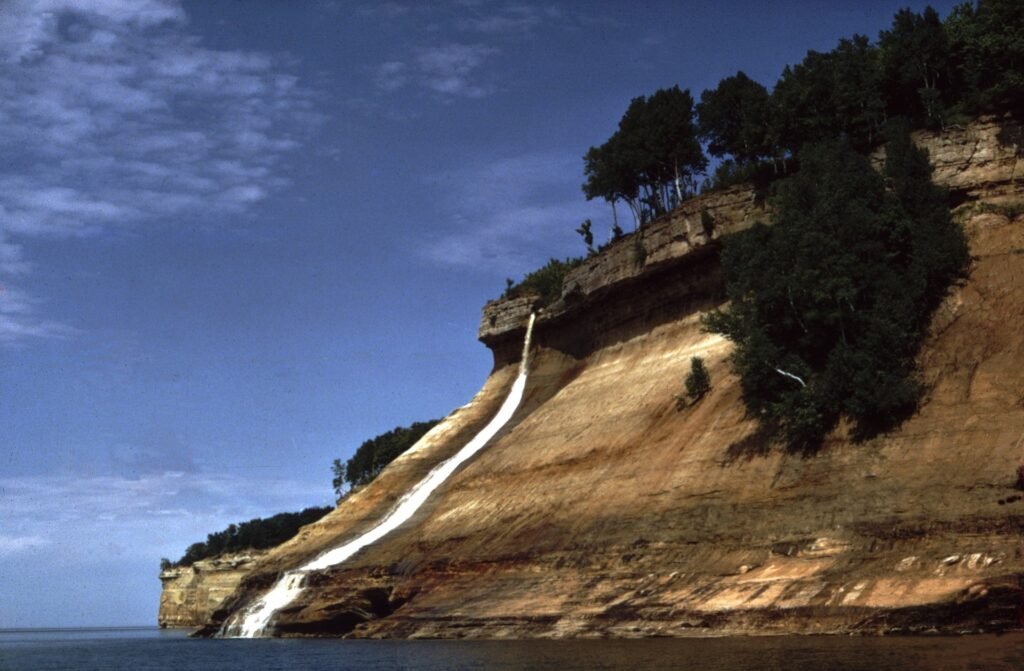
Pictured Rocks National Lakeshore, located on the Upper Peninsula of Michigan, is renowned for its stunning multicolored sandstone cliffs, pristine beaches, and numerous waterfalls. The vibrant hues of the cliffs are a result of mineral stains, creating a breathtaking visual spectacle. Visitors can explore this natural masterpiece by hiking, kayaking, or taking boat tours to witness formations like Lover’s Leap and Spray Falls .
Fascinating Facts About the Great Lakes
The Great Lakes are not just a beautiful destination; they are also a source of incredible facts and natural phenomena that highlight their immense scale and ecological significance. Here are some fascinating insights into these freshwater marvels:
•Largest Freshwater System: The five Great Lakes—Superior, Huron, Michigan, Erie, and Ontario—collectively form the largest freshwater system in the world by surface area, spanning a total of 94,600 square miles.
•Vast Water Volume: These lakes hold over 20% of the world’s surface freshwater. Lake Superior alone contains more than 50% of the water in all the Great Lakes, amounting to approximately 3 quadrillion gallons .
•Only U.S. Great Lake: Lake Michigan is the only Great Lake that lies entirely within U.S. territory, not touching Canada. The other four lakes share their waters with Canada .
•Deepest Point: Lake Superior is so deep that if the Empire State Building were placed at its deepest point (1,330 feet), only its antenna would peek above the water’s surface .
•Primary Water Source: The Great Lakes region serves as the primary water source for over 40 million people, accounting for more than 90% of the surface freshwater in the United States .
•Michigan’s Coastline: Michigan boasts the most freshwater coastline of any U.S. state, with borders on Lakes Superior, Michigan, Huron, and Erie .
•Michigan Triangle: Lake Michigan has its own mysterious area, dubbed the “Michigan Triangle,” where unexplained occurrences like ship disappearances and missing planes have been reported, similar to the Bermuda Triangle .
•Lake Erie’s Monster: Lake Erie is rumored to be home to Bessie, a Loch Ness-like sea monster, with sightings reported for decades. The Cleveland baseball team, the Lake Erie Monsters, was even named after this legend .
Planning Your Great Lakes Adventure
Embarking on a Great Lakes adventure promises a journey filled with diverse experiences, from tranquil lakeside retreats to thrilling outdoor explorations. To make the most of your trip, consider these tips:
•Choose Your Focus: The Great Lakes offer a wide range of activities. Decide whether you want to focus on national parks, charming towns, water sports, historical sites, or a combination. This will help you narrow down your destinations.
•Seasonal Considerations: Each season brings a different charm to the Great Lakes. Summer is ideal for swimming, boating, and beach activities. Fall offers stunning foliage, while spring brings blooming wildflowers. Winter provides opportunities for ice fishing, skiing, and snowshoeing.
•Transportation: Driving is often the best way to explore the region, allowing flexibility to visit various towns and natural attractions. Consider scenic drives along the coastlines. Ferries are available for island hopping, such as to the Apostle Islands or South Bass Island.
•Accommodation: Options range from cozy bed and breakfasts in small towns to hotels in larger cities and campgrounds within national parks. Book in advance, especially during peak season.
•Local Cuisine: Don’t miss out on local delicacies. Freshly caught fish, especially walleye and whitefish, are a must-try. Many towns also offer unique culinary experiences and local breweries.
•Pack Accordingly: Be prepared for varying weather conditions, even in summer. Layers are always a good idea, along with comfortable shoes for hiking and exploring.
•Respect Nature: When visiting natural areas, practice Leave No Trace principles to preserve the beauty of the Great Lakes for future generations.
Conclusion: Embrace the Great Lakes Experience
The Great Lakes region is a treasure trove of natural wonders, historical significance, and charming communities, offering an unparalleled travel experience. From the serene beauty of its national parks and the quaint allure of its underrated towns to the fascinating facts that underscore its ecological importance, the Great Lakes invite travelers to explore, discover, and create lasting memories. By venturing beyond the well-trodden paths, you can uncover hidden gems and immerse yourself in the unique culture and breathtaking landscapes that define this magnificent freshwater empire. Whether you seek adventure, relaxation, or a deeper connection with nature, the Great Lakes promise an unforgettable journey.










